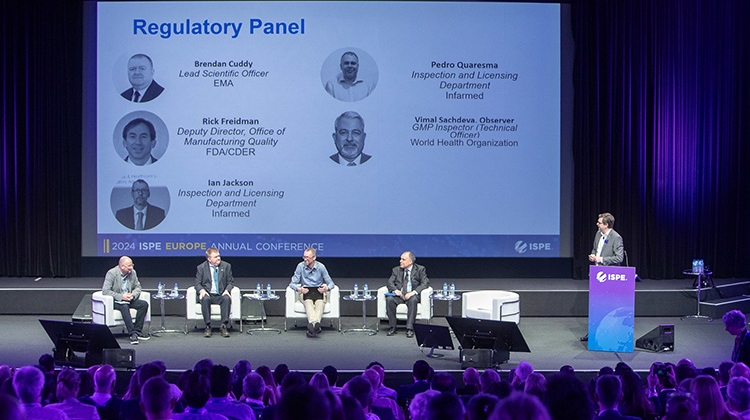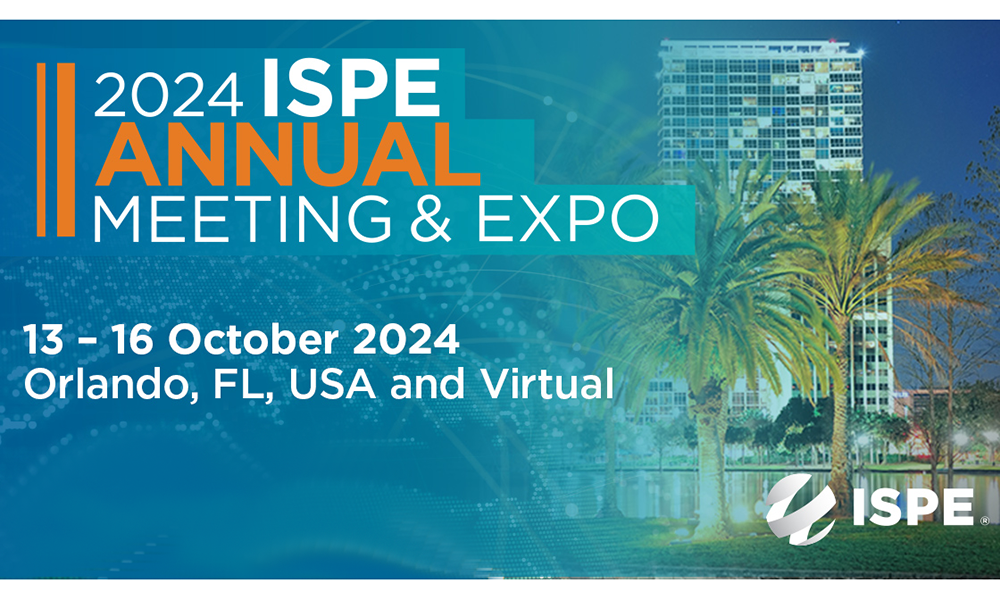Regulators on Harmonization for Robust Supply Chains

On 17 April 2024 at the 2024 ISPE Europe Annual Conference in Lisbon, Portugal, a panel discussion titled “Harmonization to Break Down Barriers to Robust Supply Chains” featured an international panel of experts who discussed drug recalls, drug shortages, risks that can lead to poor drug product quality, quality risk management, Annex 1 implementation and its effect on the supply chain, inspector training and knowledge in an era of scientific and technical change, and efforts needed for building a more resilient supply chain.
Moderators:
Panelists:
A recent, independent market report from Sedgewick noted increases in drug recalls in 2023 versus 2022 for the EU, the US, and the UK, seeing an increase of 7.7% for the EU and UK and 42.4% for the US. What areas are your agencies focusing on with regard to drug recalls and how are you engaging with industry going forward?
Cuddy said that it is generally expected that manufacturers are designing their processes, training their staff, and designing their facilities so that they have zero recalls. But, of course, we still see recalls happening every year. He added that it is difficult to draw any conclusion from the recent numbers because, as seen from historical data, these recall numbers fluctuate over time.
He also pointed out that during the years 2010 and 2011 regulators became interested in recalls because they were starting to see real problems with supply shortages of medicines – due to either recalls or quality defects. He noted that the recalled products were generally manufactured in accordance with GMP, manufactured in a validated process, on validated equipment, by highly trained personnel – so why are we still seeing defective medicines which had such a devastating effect on the availability? Accordingly, EMA started an initiative to engage with industry, among others, about how to determine the root causes and what can be done to bring about a change.
He identified quality risk management (QRM) as a useful tool as well as the recent initiative to update ICH Q9 , which offers further guidance and interpretation for industry in terms of how to apply Q9. He concluded by saying that he hoped that manufacturers will use Q9 more proactively for risk assessment, hazard identification, risk management, and risk mitigation.
Friedman offered that, with regard to risk management, we should never get complacent because “complacency is the enemy of quality.”
Regarding inspector knowledge, how are you tackling the issue of how regulators are keeping pace with rapidly evolving areas of science and technology?
Friedman said that through continuing education, not only in his office, but also for biologics review colleagues and inspection colleagues, US FDA is providing seminars with standard training and also offering training in emerging technologies for specialized investigators.
Sachdeva outlined a number of WHO initiatives and said that “good discussions” were taking place around some of the new technologies, such as the continuous manufacturing and the employment of artificial intelligence (AI) and machine learning (ML).
Jackson added that the UK’s Medicines and Healthcare products Regulatory Agency (MHRA) has recently initiated internal Q12 training and that assessment teams who handle the marketing authorizations are also being brought into the group with inspectors and those involved in laboratory inspections. He added that they have had “really good engagement” with the training on Q12 that was delivered by ISPE which included participation by regulators from the US FDA and Health Canada that ISPE facilitated.
Jackson also mentioned bringing in experts from the Pharmaceutical Inspection Co-operation Scheme (PIC/S) who deliver training, not only for harmonization of GMP requirements, but also deliver training for “upskilling” inspectors.
Several regulatory flexibilities have been seen internationally where companies have risk assessments and implementation plans to fully comply with Annex 1. From your perspective, has the introduction of Annex 1 impacted current supply chains?
Cuddy said that after Annex 1 was published, it appeared that industry had been afforded enough time (one year) to prepare for implementation and added that EMA is “fairly confident” that industry is going to be able to implement Annex 1 fully. He also mentioned that EMA held an Interested Parties Meeting in March with 16 industry associations attending, including ISPE. In that meeting EMA did get some requests for clarification on some points in Annex 1. EMA has since taken up these points from industry, adding that the agency is willing to listen but that the outlook for the future for Annex 1 implementation is positive
Jackson built on Cuddy’s observation by saying that everyone has worked on Annex 1 together and that everyone is implementing the guidance at the same time— he suggested that the process is “bringing us together.” There is a lot of information sharing triggered by collaborative work, and in the implementation phase, he said, “We need to all agree and be consistent with how we, as regulators, are inspecting sites.”
Quaresma noted that companies had time to adapt and prepare for Annex 1, adding that “we see some minor things, but we don't see anything that appears to be a problem to the supply chain.” He suggested that Annex 1 has reinforced the strategy for controlling contamination, but stated that Annex 1 is not a plan, nor is it a process – it is a strategy.
Supply chain resiliency is receiving increasing focus. Risks, whether geopolitical, environmental, natural disaster, cost, or quality factors, can all impact supply chains. Are regulators considering a review of resilience plans as part of inspections and future expectations for management system maturity?
Jackson noted that the UK has some shortages of key medications, with some shortages being driven by social media in such a way that creates and drives demand. He referenced ICH Q9(R1) and added that it is necessary to take some of that guidance and add it to resiliency plans.
Friedman said that there was clear guidance on the US FDA website discussing how supply disruptions may lead to supply chain shortages.
Quaresma added that, in Portugal, the agency has created a department charged solely with evaluating drug availability and shortages and that they work on that issue daily. For example, he noted, they may ask hospitals about their in-stock supplies and even question them about how much supply they expect to have in three months, or six months.
Cuddy concluded that there is talk about how shortages can negatively impact patients, but shortages can also have an impact on business. He suggested that “your business is about your product,” and if your product is not available because of quality problems, this puts your company’s reputation “on the line.” He ended by saying that supply chain resilience is all about communication, transparency, and trust – which he called “the three pillars of the supply chain.” He suggested that manufacturers work with their suppliers to improve their supplier’s quality systems.
Disclaimer
This is an informal summary of a panel discussion held on 17 April at the 2024 ISPE Europe Annual Conference in Lisbon, Portugal. It has not been vetted by any of the agencies or regulators mentioned in this article, nor should it be considered the official positions of any of the agencies mentioned.









